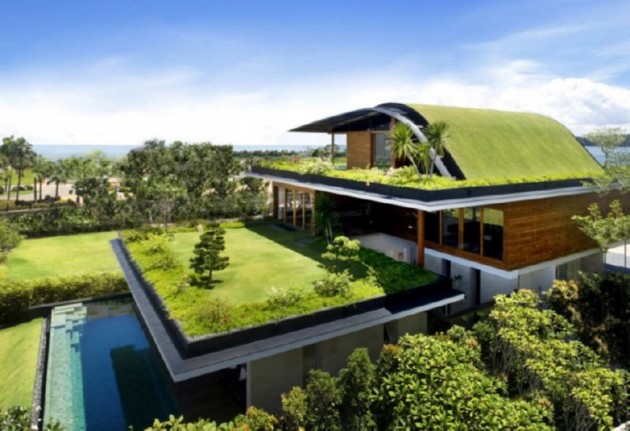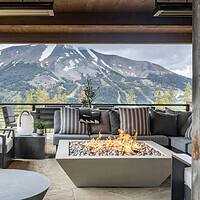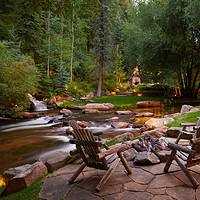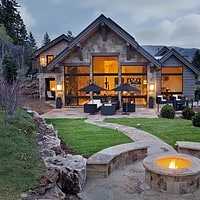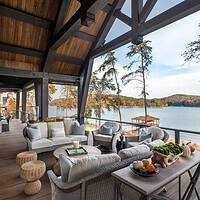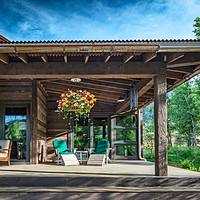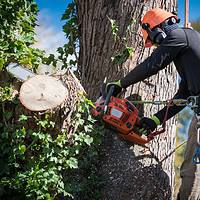Green roofs, otherwise dubbed living roofs, are a constituent of a new type of low-costing yet highly impactful storm-water management and biologically friendly green substructure. Sure, there’s an average difference of 50 degrees between tarred roofs and living roofs, and green roofs are much easier to maintain. You can also receive tax benefits for certain roof applications. Just make sure you get a relevant calc for tax purposes. From the expert worried about curb appeal, these roofs bring practicality and beautification closer together than your traditional shingled roofs.
Although these roofs are more frequently constructed atop flat or shallow-sloped roofing membranes, these living roofs work with many building types, including multifamily and industrial warehouses as well as many common commercial roofing applications.
Water down the garden, not your wallet
By design, green roofs will retain up to 90% of rainwater whereas conventional roofing materials will runoff, or cause eventual rotting of wooden underlayment. By retaining such great amounts of water, vegetation planted above your head will experience plenty of growth – not to mention create oxygen which can help your roof breathe all year long. You may replace shingled roofing materials every 15 years, yet could look forward to doing nothing more than cultivating new gardens on your living roof.
If you’re biologically astute, you’d realize the microclimates created by commercial or residential green roofs, too. By humidifying the air around your property, you’ll reduce the dreaded ‘Heat Island Effect’ often felt within coastal properties.
Great sound barriers and aesthetics
Living roofs will absorb roughly 3dB of reflective sound from airports and other noise polluted areas, and can easily increase sound insulation by 8dB over conventional roofing materials. The thicker and more vegetation that’s planted, the less sound reverberation you’ll experience. Moreover, commercial roofing made with soil and still life can reduce the effects of greenhouse gases, thereby contributing nicely to environmental improvement measures.
Aesthetically speaking, commercialized green roofs offer an added layer of beauty to attract investors, new clients and help your employees feel better about working for your company. As an added benefit, companies situated in hot climates can enjoy much cooler buildings without added costs associated with overusing air conditioners. Finally, there are grants and rebates which could reap tremendous tax benefits in some localities across North America, which increase even more if the business is zoned within an enterprise district.
Architectural costs finally reach fruition
As many Canadian and North American businesses are realizing, living roofs are fundamentally of greater mutual benefit to biodiversity than archaic roofing methods like shingles, sheet metal or thermoplastic membranes. Many green roof manufacturers promote green roofs as perfect vantage points and the opportunity to have an iconic skyline unbeknownst to competition. But what about the costs associated with these green roofs?
In retrospect, dirt and plants cost nearly nothing. The underlayment used is where your initial costs reside, although these are also minimal at best. No worrying about ripped shingles, torn felt paper or other snafus; green roofs will last longer than your walls, floors and quite possibly still live after you’ve torn the building down – and still look better than shingled roofs on million dollar mansions, guaranteed. With endless design possibilities and both environmental and financial savings, it’s easy to see why commercial buildings are starting to reconsider their long-term roofing plans.

